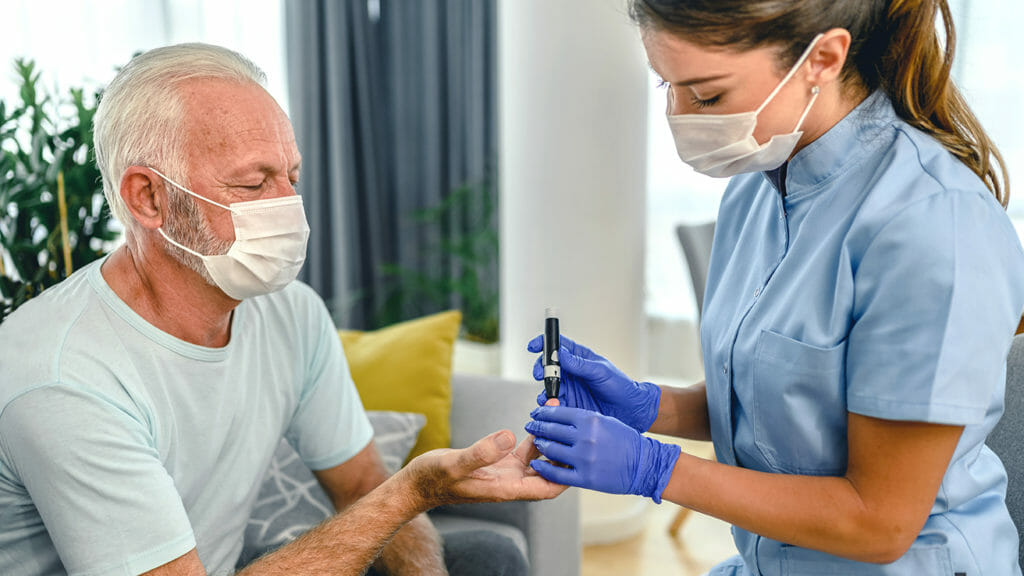

Since 2021, use of remote patient monitoring has grown by more than 300%, according to a report by digital healthcare firm Vivalink. And many providers are using it for hospital-at-home programs.
“The paradigm shift in healthcare has occurred. Where RPM adoption was promising just over two years ago, it’s now an integral part of care models, according to providers,” Vivalink CEO Jiang Li said in a statement.
Two years ago, only about 20% of clinicians used RPM tools on patients, according to the report. Today, that number has grown to 81%. Of the total number of respondents, 84% plan to increase their usage of RPM next year. Also, 45% of providers use RPM for acute monitoring, such as hospital-at-home.
Reasons for the shift come down to the accessibility of many RPM tools. They typically are small and often affordable and allow for services such as blood pressure or heart rate monitoring to be done outside of clinics, according to the report. The ability to keep tabs on patients at home frees up hospital space, reducing payer strain and challenges from staffing shortages.
Usage of RPM is expected to continue growing. More than three fourths of survey respondents predict that RPM-based care will outpace traditional hospital care within the next five years.
Experts also point to RPM’s potential to close care gaps and advance health equity, as monitoring that can be done at home will reduce patients’ need for inpatient visits to hospitals and other clinics.
Other research has found tools such as home blood pressure monitoring to be a cost-effective preventive health measure for people with cardiovascular disease or diabetes. According to an American Journal of Preventive Medicine study, in-home blood pressure checks can reduce patients’ risk of stroke by 3.8% and healthcare costs by more than $7,000, on average, over 20 years. The benefits were found to be greater for people of color and individuals living in areas with limited care access, further advancing health equity.


